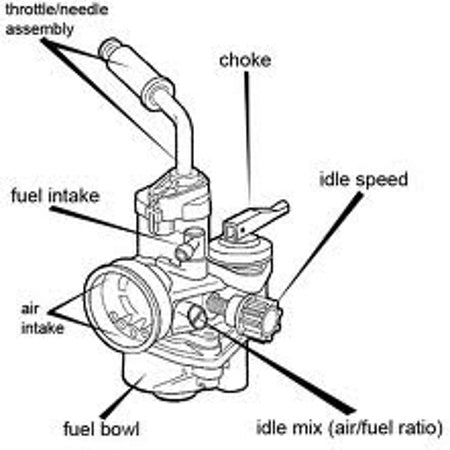

The cylinder head is called a head because it sits on top of the block, covering the cylinders and the pistons. Since a cylinder bore or “cylinder” has one piston the total number of cylinders in the block is the same as the number of pistons a four-cylinder engine has four bores and four pistons, a six cylinder will have six bores and six pistons and so on. The block has circular holes that pistons slide up and down in.

If you’re looking under the hood, it’s the big piece of metal that’s found in the center of the engine bay that seems to have a whole bunch of other metal, wires and tubes attached to it. The block is the main part of the engine that contains the reciprocating components that harness the energy in the gasoline. These parts work together in an exacting manner to harness the chemical energy in gasoline, converting many small and rapid combustion events into a turning motion that eventually spins your wheels and propels your car. For now, what you need to know is that the 4-stroke cycle explains how a mixture of gasoline and air can be ignited, combusted and smoothly converted into useable power to hurl you down the quarter mile, around a track or just take you to work.Īn engine is composed of several major components the block, the crank, the rods, the pistons, the head (or heads), the valves, the cams, the intake and exhaust systems and the ignition system. We will cover these in greater detail in the ENGINE 101 PART 2 section. A 4-stroke refers to the four strokes in the power cycle the intake stroke, the compression stroke, the power stroke and the exhaust stroke. Most cars as we know them are powered by what is called a 4-stroke engine.

In order to fully understand how the latest in speed parts work, you first need to understand how an engine works. Text by Mike Kojima and Arnold Eugenio // Photos and Illustrations by DSPORT Staff We’ll tell you all about the noisy chunk of metal connected to your wheels and a little bit about the things that make it go forward.

DO YOU FIND THAT YOU’RE ADDICTED to the thrill and speed of driving fast, but don’t know the first thing about what’s actually going on under the hood? Do you want to know more about what’s happening without having to attend Auto Shop 101? Are you intimidated by the tech at your local performance shop because he’s always trying to sell you blinker fluid, muffler bearings and other parts that you’re not sure even exist? If you answered “yes” to any of these questions, this is where you need to start.


 0 kommentar(er)
0 kommentar(er)
